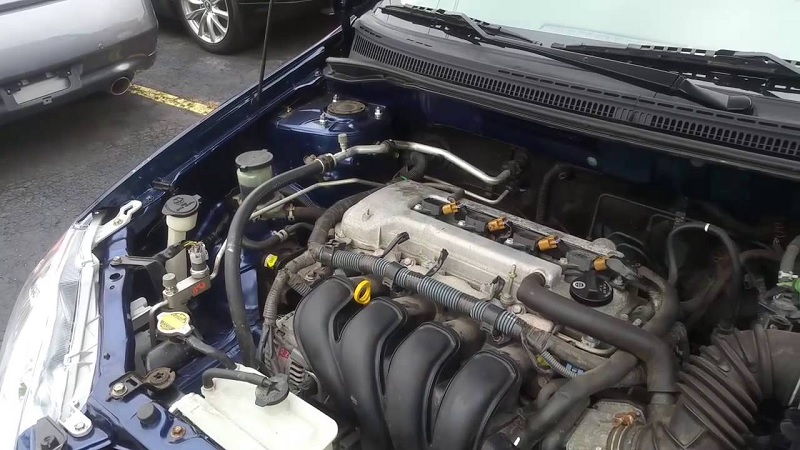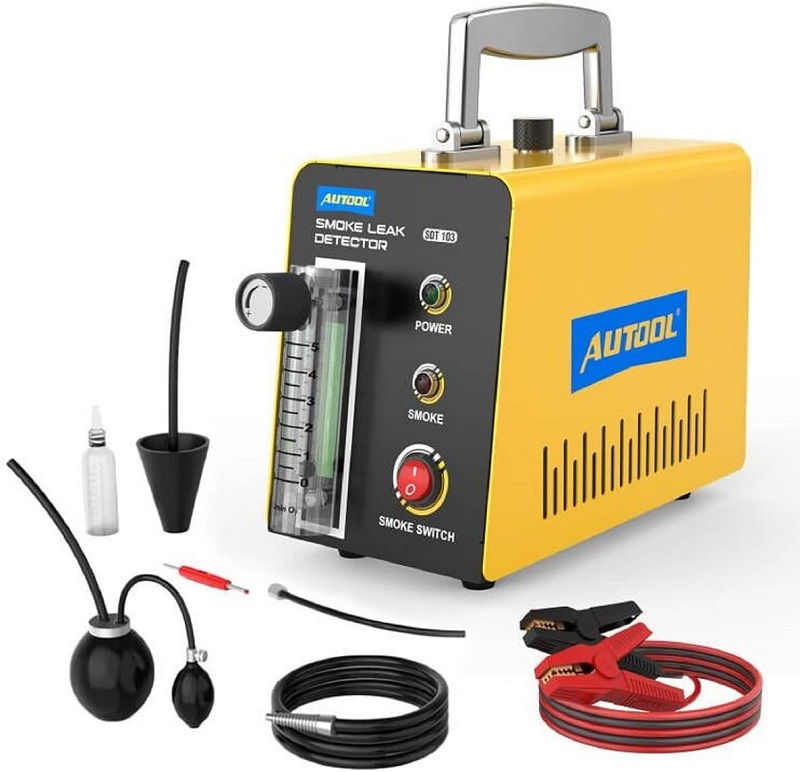This post contains affiliate links. This means I will make a commission at no extra cost to you should you click through and make a purchase [ “As an Amazon Associate, I earn from qualifying purchases.” ]. Read the full disclosure here.
Decoding the P0010 Code “A” Camshaft Position Actuator Circuit (Bank 1): Understanding the Heartbeat of Your Engine GuideMechanic.Com In the intricate world of automotive diagnostics, error codes like P0010 can seem daunting to the uninitiated.
However, each code tells a story, offering insights into the inner workings of your vehicle. P0010, specifically referring to the “A” Camshaft Position Actuator Circuit (Bank 1), is one such code that warrants attention and understanding.
In this article, we unravel the mysteries behind P0010, exploring its significance, causes, and implications for your vehicle’s performance.
See Also: P000F Code: Fuel System Over Pressure Relief Valve Activated
Understanding P0010 Code:

P0010 is an OBD-II diagnostic trouble code that indicates a malfunction in the “A” camshaft position actuator circuit on Bank 1 of the engine.
In simpler terms, it suggests a problem with the mechanism responsible for controlling the timing of the intake camshaft on one side of the engine. This timing is crucial for the optimal operation of the engine, affecting performance, fuel efficiency, and emissions.
The Role of Camshaft Position Actuators:
Before delving into the specifics of P0010, it’s essential to understand the role of camshaft position actuators in the engine. These actuators are responsible for adjusting the timing of the camshafts, which in turn controls the opening and closing of the engine’s intake and exhaust valves.
By precisely regulating the timing, camshaft position actuators optimize engine performance across various operating conditions.
Common Causes of P0010 Code:
Check out this Smoke Machine Automotive Leak Detector,Evap Vacuum Smoke Diagnostic Tester,Pipeline Fuel Leakage Detector Compatible with 12V Vehicles

Several factors can trigger the P0010 code, ranging from mechanical issues to electrical faults. Some common causes include:
Faulty Camshaft Position Actuator:
The actuator itself may be malfunctioning, either due to wear and tear or electronic failure.
Oil Flow Restrictions:
Insufficient oil flow to the camshaft position actuator can hinder its operation, leading to timing discrepancies.
Wiring or Connector Problems:
Damage or corrosion in the wiring harness or connectors associated with the camshaft position actuator circuit can disrupt signal transmission.
Oil Quality or Level:
Poor-quality oil or inadequate oil levels can impact the performance of the camshaft position actuator, affecting timing accuracy.
Diagnostic Process P0010 Code:

Diagnosing the underlying cause of P0010 typically involves a systematic approach, often requiring the use of diagnostic tools and expertise. A qualified technician may perform the following steps:
Code Reading:
Using an OBD-II scanner, the technician retrieves the P0010 code and examines associated freeze frame data, providing valuable context for the diagnosis.
Visual Inspection:
The technician inspects the camshaft position actuator, wiring, connectors, and related components for visible signs of damage or wear.
Functional Testing:
Various tests, such as checking actuator operation, measuring voltage and resistance in the circuit, and assessing oil pressure, may be conducted to pinpoint the issue.
Data Analysis:
Advanced diagnostic tools can capture real-time data from engine sensors, helping identify irregularities that may contribute to the P0010 code.
P0010 Code “A” Camshaft Position Actuator Circuit (Bank 1)
Implications for Engine Performance:

Ignoring or neglecting the P0010 code can have adverse effects on your vehicle’s performance and longevity. Since the camshaft position affects valve timing, an unresolved issue may lead to:
- Reduced Engine Power: Timing discrepancies can diminish engine output, resulting in sluggish acceleration and overall performance.
- Poor Fuel Economy: Inefficient valve timing can lead to increased fuel consumption, affecting the vehicle’s fuel economy and cost of ownership.
- Engine Misfires: Timing-related issues may cause misfires, resulting in rough idling, hesitation, or stalling.
- Emission Non-compliance: Timing irregularities can lead to higher emissions, potentially causing the vehicle to fail emissions tests and environmental regulations.
P0010 Code “A” Camshaft Position Actuator Circuit (Bank 1)
Addressing P0010:

Once the root cause of P0010 is identified, appropriate remedial actions can be taken to rectify the issue. Depending on the diagnosis, solutions may include:
- Replacing the faulty camshaft position actuator or related components.
- Repairing or replacing damaged wiring harnesses or connectors.
- Ensuring proper oil quality and levels, and addressing any oil flow restrictions.
- Updating engine control module (ECM) software to address known issues or improve performance.
Conclusion:
In essence, the P0010 “A” Camshaft Position Actuator Circuit (Bank 1) code serves as a diagnostic beacon, illuminating potential issues within the engine’s timing system.
By understanding its significance and addressing underlying causes promptly, vehicle owners can preserve engine performance, fuel efficiency, and reliability.
Whether through regular maintenance or timely intervention, staying proactive in dealing with P0010 can ensure the heartbeat of your engine remains steady and strong, powering you on countless journeys with confidence and peace of mind.
See Also: P000E Code: Fuel Volume Regulator Control Exceeded Learning Limit
- Project Trucks for Sale Cheap - July 1, 2025
- Salvage Title Trucks for Sale - July 1, 2025
- Restored Classic Trucks for Sale - July 1, 2025
